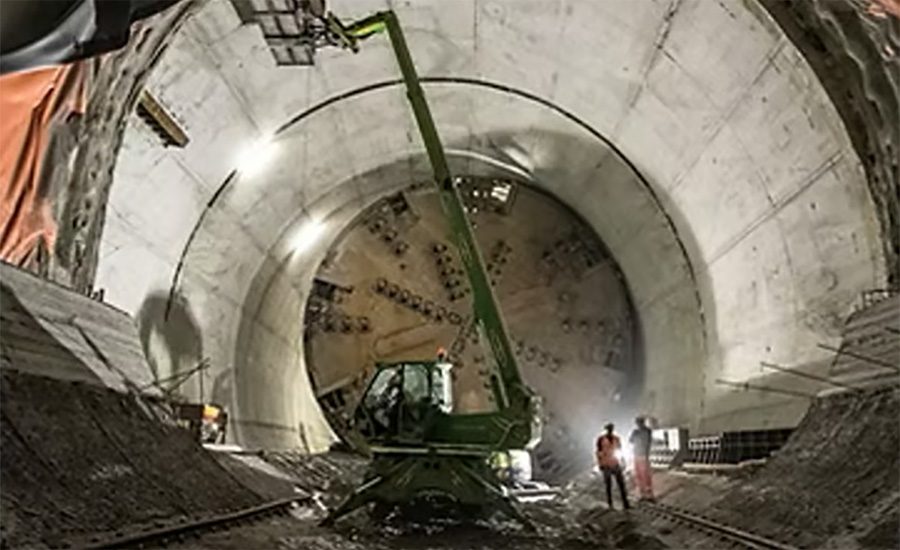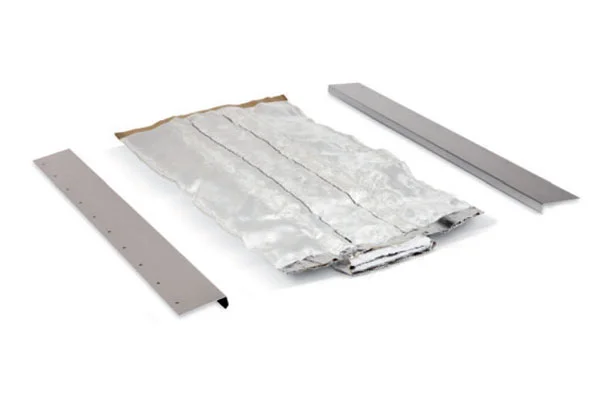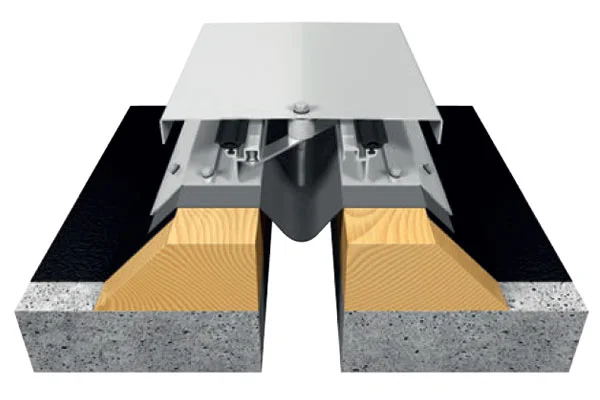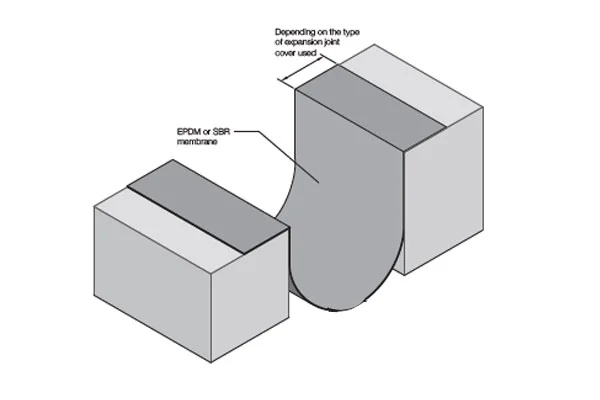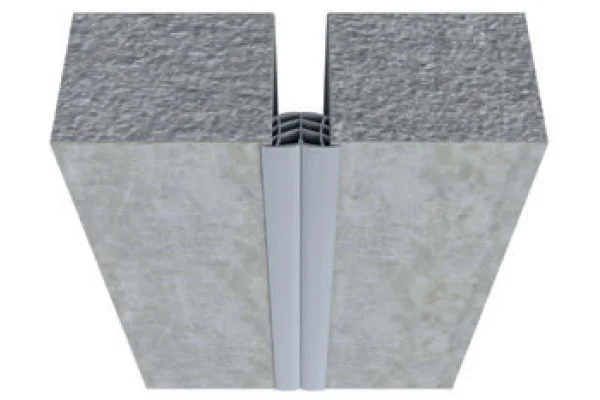New York’s Metropolitan Transportation Authority board approved on Aug. 18 a $1.97-billion design-build contract to begin tunneling and station shell construction for the long-awaited Phase 2 of the Second Avenue Subway in Manhattan, extending service north into East Harlem with three new stations and a projected completion in 2032.
The award went to Connect Plus Partners, a joint venture of Halmar International and FCC Construction, following a competitive procurement against Skanska Walsh Traylor SAS-2 JV. The 1,471-day contract covers boring twin tunnels from 120th Street to 125th Street, rehabilitating a 1970s-built tunnel south of 120th Street, excavating seven shafts for station entrances and ancillary facilities, and building station shells at 116th and 125th Streets.
RELATED
NYC Advances Plan for $7.7B East Harlem Subway Extension
“This is the largest tunneling contract the MTA has ever awarded,” MTA Chair and CEO Janno Leiber told the board during its Aug. 18 special meeting in Harlem. “It’s a damn good investment—by far the lowest cost per rider of any heavy rail project in the United States.”
Contract Scope, Risk Reduction and Community Impacts
Leiber and MTA Construction & Development President Jamie Torres-Springer emphasized that Phase 2 was structured to avoid the pitfalls of Phase 1, which opened in 2017 after years of delays and cost overruns. “Unprecedented steps have been taken to make sure the things that slowed down Phase 1 do not slow down Phase 2,” Leiber said.
Extensive geotechnical surveys and early utility relocation contracts have already been completed. “In Phase 1 we saw that as-builts were not as actually built,” he said. Crews repeatedly struck uncharted utilities and building encroachments. “That preparatory, investigative work has been done first—a great savings and a reduction of risk.”
The agency also moved to control financial risk through insurance. The board authorized use of an owner-controlled insurance program, which officials said will save about $29 million compared with traditional contractor-provided coverage. Performance and payment bonds are also required to protect the project against default and ensure subcontractors are paid. Workers’ compensation, builders’ risk and other insurance components will be taken care of by the MTA, according to Torres-Springer.
More than 30 alternative technical concepts were approved during procurement, reducing risk and cost, while Connect Plus Partners’ bid came in nearly $200 million below its rival. The losing team will receive a $4 million stipend.
To complete the Harlem extension, the agency authorized use of eminent domain if negotiations fail. Torres-Springer said relocations would be about half those of Phase 1. “We are committed to ensuring generous relocation assistance, well above federal requirements,” he said, noting tenants had been given more than 90 days’ notice. The former site of a supermarket on 125th Street has already been acquired by the MTA and will be redeveloped into mixed-income housing with integrated station entrances.
The contract also sets a 20% local hiring goal with apprenticeships tied to City College of New York and the Charles B. Rangel Infrastructure Workforce Initiative. “This contract has that ambitious 20% local hiring goal to make sure we’re connecting East Harlem residents to opportunity,” Torres-Springer said. State Sen. Cordell Cleare urged the agency to go further, saying “30% should be the floor.”
Torres-Springer told the board that tunneling work will proceed with new labor efficiencies negotiated with the union handling the tunneling work, Local 147, also known as the Sandhogs. Technology improvements over the last decade also helped. On Phase 1 the TBM had a crew of 26, with an additional 10 to 12 workers installing the tunnel lining behind the machine. The newer-model variable density TBM to be used on Phase 2 installs the tunnel lining itself as it moves forward, eliminating the need for the second crew. “Not only are we boring the tunnel, but the same machine is coming in behind it and lining the tunnel with precast concrete,” Leiber said. “That is how you really save.”
The Phase 2 base budget is $6.99 billion, with financing costs bringing the total to nearly $7.7 billion. A $3.4 billion full funding grant agreement with the federal government backs the project, while congestion pricing revenues will support the state contribution. With 110,000 daily riders projected for the extension, and 300,000 for the combined line, MTA officials argue the high cost per mile—about $3.5 billion over 1.8 miles—compares favorably to U.S. peers because of density-driven ridership gains. “By far the lowest cost-per-rider of any heavy rail project in the United States,” Leiber said.
Political Backing and Timeline
New York Gov. Kathy Hochul (D), who attended the board meeting, framed the award as historic. “For the people of East Harlem, the time of promises is over,” she said. “Nearly 80 years since they tore down the elevated railroad, this community finally gets the subway service it deserves.”
Hochul tied the project to the MTA’s congestion tolling revenues for lower Manhattan and the MTA’s broader $68.4 billion capital plan, and credited Sen. Chuck Schumer (D-NY) and Rep. Adriano Espaillat (D-NY) for steering federal funds through Washington.
RELATED
NYC Congestion Pricing to Continue as Judge Stays Federal Effort to Withhold Funding
Construction is expected to begin later this year, with the TBM ordered immediately and launching in 2027. Revenue service is targeted for September 2032, with new stations at 106th, 116th and 125th Streets, including a tie-in to the Metro-North Harlem 125th St. Station.
“This is a project that is about equity, mobility, and economic growth,” Leiber said. “We’re not just extending a subway—we’re reconnecting a community.”

